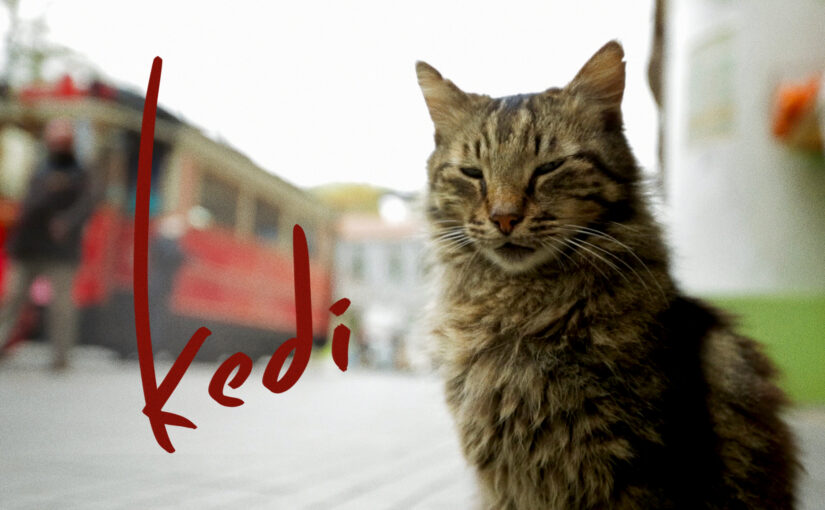Kedi, the acclaimed 2016 Turkish documentary by Ceyda Torun, is far more than a film about cats. It is a heartfelt meditation on the complex bond between humans and animals, set against the colorful and historic landscape of Istanbul. With evocative cinematography and intimate narrative, the documentary offers viewers an immersive glimpse into the lives of Istanbul’s street cats, creatures who roam freely through the city’s lively streets, markets, and homes, weaving themselves into the very fabric of urban life.
The Heart of Kedi: Its Feline Protagonists
At the core of the film are the cats themselves, each one introduced as a unique personality with their own tale. From nurturing mothers to mischievous hunters, loyal protectors, and solitary wanderers, these cats are depicted as more than anonymous strays, they are distinct individuals, each with quirks, habits, and evolving relationships with their human neighbors. The film showcases how these cats have come to embody Istanbul’s spirit, history, and cultural richness.
Humanizing Without Anthropomorphizing
What makes Kedi so extraordinary is its approach to storytelling: the cats are shown as independent beings with their own agency. The documentary avoids romanticizing or oversimplifying their existence, instead portraying them as creatures who navigate the city with both instinct and trust in the kindness of humans. Their deep, often symbiotic, bonds with Istanbul’s residents challenge the audience to reflect on the roles animals play in our own lives and the nature of coexistence.
Stories of Connection and Healing
Kedi is as much a reflection on humanity as it is on its feline subjects. The film features shopkeepers, fishermen, artists, and homemakers, each sharing personal stories of how these cats have touched, healed, and transformed their everyday lives. For some, caring for a cat provides solace or purpose during difficult times; for others, these animals become confidants and companions, offering moments of joy and connection in the bustling city.
Empathy, Community, and Coexistence
Through these vignettes, the film illuminates the profound empathy and compassion that underpin the human experience. It gently suggests that our relationships with animals can teach us about kindness, resilience, and the essential value of community. In a world often characterized by loneliness and division, Kedi becomes a moving reminder of the connectionsm both human and animal, that strengthen the social fabric.
Istanbul: City and Character
Beyond its feline cast, Kedi transforms Istanbul itself into a central character. The city’s labyrinth of streets, alleys, and waterfronts create a dynamic canvas, reflecting the dualities of its location, straddling Europe and Asia, tradition and modernity. The film captures Istanbul’s rhythms, from its exuberant markets to moments of tranquil reflection along the Bosporus, revealing a city bursting with life, history, and unspoken stories.
The Cultural Significance of Cats
Unlike in many urban centers, where stray animals are often shunned, Istanbul’s cats are cherished and respected. This enduring affection stems from deep-rooted values of hospitality and coexistence that have shaped the city for centuries. Kedi celebrates this tradition, offering a rare window into a city where humans and animals live together in remarkable harmony.
A Visual and Auditory Feast
Visually, Kedi is enchanting. The filmmakers employ inventive ground-level shots and sweeping aerial views to portray the world from a cat’s perspective, drawing viewers intimately into their lives. Close-ups of feline faces, expressive eyes, and elegant movements are both mesmerizing and immersive. Complementing the visuals, Kira Fontana’s evocative score seamlessly blends traditional Turkish melodies with modern tones, enhancing the film’s emotional resonance.
Kedi is not just a documentary, it’s a celebration of Istanbul’s unique spirit and the profound, often unexpected ways humans and animals enrich each other’s lives. The film lingers not only as a portrait of cherished street cats but as a tribute to empathy, community, and the beauty of coexistence.
If our work has inspired you, helped you grow, or simply brought a little warmth to your day, consider supporting Thalysia.com with a small donation. Your contribution helps us continue exploring ancient landscapes, documenting local traditions, and celebrating the art of living well.
